In addition to motor interconnection and testing, the RMU ring main unit incorporates a fixed circuit breaker for transformer protection. RMU cabinets are well-sized, very reliable, safe, very easy to store, and quick to replace and expand. On request, RMU switchgear is manufactured in various voltages for indoor and outdoor applications.
1. What is the RMU ring main unit?
Ring Main Units (RMUs) are medium voltage switchgear used in secondary distribution networks. By switching the power source in case of an emergency or maintenance on the main power supply, they are used in ring main power distribution systems to provide continuous power supply to customers.
In many cases, RMU switchgear may sit idle for years without being activated. However, when a problem occurs and a feeder goes out of service, they need to operate quickly to divert power to an alternate feeder so customers are not interrupted while protecting distribution transformers.
RMUs require frequent inspection and maintenance to ensure they operate consistently when necessary. SF6 RMUs are mainly manually operated. Due to the manual nature of the RMU, a unique method of data collection was employed during the assessment. The current flow in the motor or coil is used as the starting point for data collection in a motorized or coil-based RMU.
Contact timing, contact bounce, non-simultaneity of contacts, contact stroke and speed measurement, spring energy storage time, coil current and voltage characteristics, motor current characteristics, contact resistance, insulation test, durability test, etc. One of the few tests done on RMU switchgear.
If what is the ring main unit in the electrical system, then the ring main unit (RMU) is the electrical equipment attached to the power supply system of the secondary distribution network. The function of the ring main unit (RMU) is to connect the ring network. This helps to increase the stability of the power supply, i.e. the loop function of the loop system or the load shedding of the ring network.
The core employs load break switches and fuses. There are three to five main switch cabinets in each ring network cabinet, which can meet the power supply needs of various nodes within the distribution network. The switch adopts a three-phase linkage three-position SF6 gas load breaking switch or circuit breaker. A high-performance spring mechanism can be noticed for quick switching operations.
It is often used as an insulation and arc extinguishing medium since the power switching device and hard busbar are sealed in the same metal case. Different modules such as the incoming line unit, metering unit, TV unit, and busbar unit form a ring main unit and can be combined in various ways according to actual needs. When using the ring network cabinet, if the first power supply fails, there is no need to worry, because, with the support of the second power supply, the power supply can be restored quickly.
2. What is the function of the ring main unit?
The basic functions of electrical switchgear are:
- Circuit Control: Regulating circuits to deliver operations.
- Isolation: It isolates the faulty device from the rest of the circuit
- Protection: Protects circuits from ground fault currents, short circuit current faults, and overloads.
Compared with medium-voltage explosives, circuit breakers paired with relays will enhance selective protection capabilities; avoid improper effects of transformer surge currents; detect phase-to-phase fault currents, and moderate ground strength. RMU switchgear electrical cabinets are widely used in secondary circuit power distribution systems and play the role of input switching in substations and integrated substations in many industries.
The ring main unit is moderate in size and suitable for a variety of structures. It can be used for long-term reliable power supply with minimal high-voltage switching operations. Therefore, the ring main engine is currently widely used in residential buildings, public areas, industrial buildings, and other buildings, mainly small and medium-sized compact units.
The purpose of the ring main unit is to improve the reliability of the power supply. It is mainly used in power distribution systems in industries such as mining and construction. It is also used in residences, ports, and high-rise buildings. Due to the small load capacity of high-voltage circuits, load switches or vacuum contactors are often used for voltage stabilization.
3. What is the type of ring main unit
There are generally three categories of ring network cabinet switch cabinets. The ring main unit (RMU) is basic in design and compact in size, requiring minimal application space. Ring main units (RMU) offer low prices, good reliability, low maintenance costs, high performance, and the ability to increase power supply characteristics.
Using transfer switches or circuit breakers with vacuum or gas-insulated interrupters, transformers can be isolated. A protective relay may be included in the unit to activate the circuit breaker in the event of a fault. The following are the three basic classifications of Ring Main Units (RMUs):
i) Structure-based
- Expandable ring network cabinet
- Compact Ring Main Unit
ii) based on insulation
- Electrically Insulated Cabinets for Air Environments
- Electrically Insulated Cabinets for Vacuum Environments
- SF6 gas environment electrical insulation cabinet
iii) Based on the voltage class
- 24kV cabinet
- 36kV cabinet
4. What is a ring main unit component
The output and input cable compartments of the RMU cabinet are connected to the transformer through the isolation circuit breaker and the cables are connected to the transformer through the load circuit breaker and the protection fuse. In most cases, the switching element consists of a load circuit breaker, a cutter, and a ground cutter, as well as a busbar and terminals installed in an SF6 gas tank. It is made of dirt, grease, and corrosion-resistant materials.
Different partitions are connected separately to the ring network cabinet. The specifications of the ring network cabinet have two compartments, four compartments, and six compartments, which can be customized according to customer needs and purposes. Traditionally, fuses and cutters were used to protect LV and MV transformers in distribution networks. It’s an easy and cost-effective option.
On the other hand, circuit breakers were generally expensive in the past and were used in high voltage or medium voltage (HV/MV) stations rather than medium voltage/low voltage (MV/LV) stations. Circuit breakers with self-powered relays are easier to set than medium voltage fuses. It also protects upstream and downstream supplies.
The most important components in the ring main unit are load switches and fuses, which provide fail-safe protection for the ring network and increase the functional safety of the power supply line.
- Switch
- Conductor
- Fusible switch or circuit breaker
- Distribution transformer
5. Advantages of ring main unit
The SF6 Ring Main Unit is an innovative technology that can handle numerous power distribution problems more easily. The RMU unit is an all-in-one system because it is a safe switchgear. It is quick to install and easy to maintain, which also enables utilities to increase network reliability and availability. This helps to significantly reduce operating expenses.
Reduced Maintenance and Spare Parts: Integrated self-test functions make today’s relays essentially maintenance-free. In addition, protection circuits can be easily verified at installation using inexpensive test equipment.
Better resistance to harsh environments: RMU circuit breakers are located in a chamber filled with SF6 gas, so they aren’t affected by the environment. It improves the safety of magnetizing overload currents, phase-to-phase fault currents, and earth touch currents for low-strength RMU substations, helping to better coordinate safety with other MV and LV protection devices.
Basic compact design: The RMU transformer is an SF6 insulated compact switch with SF6 RMU and vacuum circuit breaker. Its small form factor does not require much real estate to install and operate.
Time and cost-effectiveness: Installation and operation of RMU switchgear are quick and easy. The management and maintenance costs of these devices are very low, regardless of temperature and climate conditions.
Safety and performance: Safety and performance: RMU substations provide perfect safety, connectivity, reliability, and efficiency thanks to their state-of-the-art compact design. It can operate stably under any harsh environmental conditions.
Smart Capabilities: With its smart electronics and communication capabilities, the RMU unit can easily interface with a distribution management network and generate smart grid solutions. Gadgets have a useful life of more than 20 years.
6. Disadvantages of ring main unit
Some disadvantages of Ring Main Units (RMU) are as follows:
- They can be cheap but sometimes compromise on certain features.
- They are suitable for compact small substations, but not for larger installations.
7. Ring network application
At the load interface and connection position of the ring power distribution network, the ring network cabinet is used in the underground cable transmission network. Buyers choose rum switchgear because of its two main applications. The main function of the ring main unit is to prevent voltage supply drops in different load substations. In conventional urban ring mains systems, power interruptions are immediately replaced by manual switching.
Second, it improves the stability of the MV power supply in the event of a failure in one of its sections. Each substation always has a reliable supply or an accessible extra route. Both ends of the ring, whether at the same metering point or not, are capable of supplying power to each substation within the ring. The ring main units are similar to parallel distribution feeder systems, but they can handle larger loads and can be connected in various ways. RMU transformers are also preferred due to space constraints and installation costs.
Ring main units are also suitable for the following applications:
- Small secondary substation
- wind power plant
- solar power plant
- smaller industry
- Resorts, office buildings, residential projects, shopping centers, commercial centers, hospitals, airports, etc. also make good use of ring main unit substations.
8. What is the working principle of the ring main unit
The ring main unit consists of one incoming feeder and one or more outgoing feeders. Incoming feeders are vacuum circuit breakers or SF6 circuit breakers with associated disconnectors and earthing switches. The advantage of this feeder is that the bushing protrudes from the housing of the RMU switchgear for the transmission of cable accessories. Outgoing feeders include load break switches with associated disconnectors and earthing switches. Wired connections are provided in the outgoing feeder.
To further describe the working principle of the ring main unit, the load break switch is nothing but an isolator that may break the circuit under load conditions. Both input and output feeders are contained in the SF6 environment to reduce design size. An adjustable device for checking the pressure of SF6 gas is installed on the RMU unit to evaluate the gas pressure. The scale of the instrument is divided into three or more sub-scales to accommodate different temperatures. Additionally, each subscale has a green and red zone.
For a given temperature, the appropriate scale should be referenced and the air pressure should be within the green zone. Mechanical descriptions of the circuit breakers and switches are provided on the panel. A current transformer with a sufficient transformation ratio is installed on the incoming feeder. The secondary of this CT is coupled to a self-powered relay for basic safety. There is also a self-powered protection mechanism on the RMU transformer. The relay is a microprocessor-based digital relay with a user interface.
The relay provides limited protection such as overcurrent and ground fault prevention. Although different manufacturers provide different protection, manufacturers can provide protection according to user requirements. In the power distribution system, the SF6 ring network cabinet is a complete product that only needs installation and cable connection, so it is frequently used. Everything else is in the package. This greatly reduces debugging time.
9. How to test the ring main unit
The feeder loop of an RMU distribution system spans the entire supply area and ends at the substation. The device is shaped like a ring, forming a closed loop. Because each section of the ring carries less current than radial systems, SF6 RMUs require less conductor material. Another advantage is reduced voltage fluctuations. Its design is more complex than that of radial systems. Complete the RMU testing process to find the best switchgear service for your facility.
- Check busbar tension.
- Make sure the ground busbar is secure.
- The contact resistance shall be measured and recorded.
- Check busbar or circuit breaker contact resistance, and circuit breaker timing test.
- Connect an auxiliary power supply to each compartment.
- The primary injection can be used to check the ratio of current transformers or circuits.
- Check the secondary injection of the relay if necessary. Check the RMU function test.
- Check the remote signal. Perform a high-voltage circuit breaker assessment of the switchboard.
- Then carry out the insulation resistance test of the current transformer and switchgear.
- After the installation is complete, test and debug.
1) Evaluation of busbar contact resistance
Inject a DC current of 100A per cycle at the connection point and record the low resistance measurement in micro-ohms. Alternatively, use a micro-ohmmeter with 100A DC current injection, which allows direct reading. Both sides of the test object should be injected with current from the 100A DC output. The voltage drop across the test object is recorded using the input DC, the current is measured internally, and the software uses these numbers to calculate the resistance of the test item.
2) Insulation resistance evaluation
- On the secondary terminals, disconnect the Ct ground connection.
- To determine the insulation resistance between core equipment and ground equipment to be used, perform the following tests: Insulation tester at 5 kV.
- Use 5KV DC voltage to measure the CT primary insulation resistance.
- As each phase is measured, the other phases are kept in mind.
- The insulation resistance of the secondary circuit can be determined by applying 500V DC to the ground and core to the core.
- There is insulation between the primary and secondary windings.
3) Circuit breaker inspection
- Insulation Resistance Measurement: Use 5.0 kV DC to evaluate the level of insulation resistance to earth whenever the circuit breaker is locked. Then close the circuit breaker and check the insulation resistance between poles. All of the above should be done at all stages.
- Contact Resistance Test: The circuit breaker must be in the closed position before starting the test. Inject a DC current of 100A at the top and bottom, and use a multimeter to detect the millivolt drop. Take direct measurements in micro-ohms using a contact resistance kit.
- High Voltage Output Clearance: High voltage discharges from this device come from unshielded, shielded cables, and proper clearance must be maintained between the parts where the high voltage is connected to the output, the unshielded portion of the output cable, and any other conductive items where components of the test object are not grounded.
10. The difference between RMU and VCB (vacuum circuit breaker)
Following are some differences between RMU and VCB:
- Function: A Ring Main Unit (RMU) is a factory-assembled metal-enclosed switchgear. It is used at the main intersection point of the circular supply chain in the power transmission system. This switchgear is used for medium voltage distribution in the range of 7200 to 36000 volts.
The vacuum circuit breaker is a circuit breaker that uses a vacuum medium to extinguish the arc. The act of making and closing conductive contacts and the associated interruption of the arc occurs in a vacuum chamber in a circuit breaker called a vacuum interrupter.
- Application: Any compact substation or facility can benefit from a Ring Main Unit (RMU). Medium voltage applications are best suited for vacuum circuit breakers (VCBs). Vacuum technologies for higher voltages have been explored. Metal-clad switchgear and porcelain-encased circuit breakers both use vacuum circuit breakers.
- Purpose: In the secondary power distribution system, the ring main unit is used. It is mainly used to provide continuous power. It also protects your secondary side transformer from transient currents. The vacuum acts as an arc cooling medium in vacuum circuit breakers. The vacuum has the best insulating properties. Therefore, it outperforms all other media in arc cooling.
11. Conclusion
Electrical switchgear is an essential part of your substation to protect your electrical system from any failure. After browsing the blog, you now know all there is to know about Ring Main Unit (RMU) switchgear. Switchgear can be customized to fit your facility, or you can find the perfect switchgear solution for you.
How useful was this post?
Click on a star to rate it!
Average rating 5 / 5. Vote count: 2
No votes so far! Be the first to rate this post.
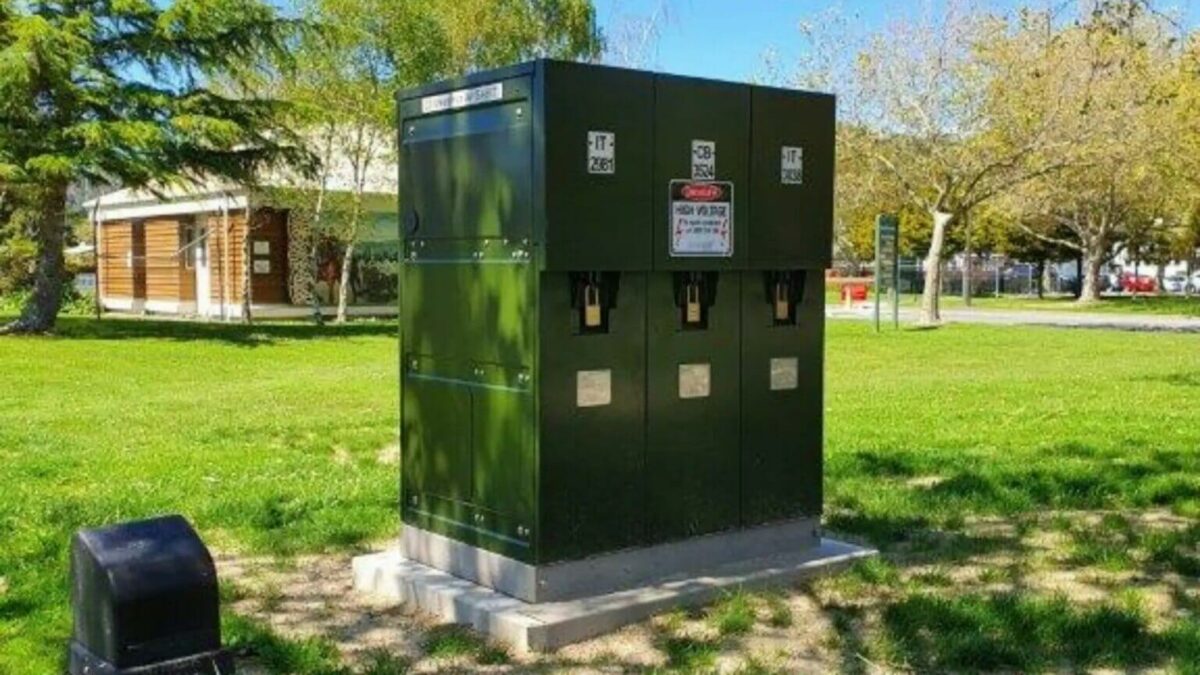
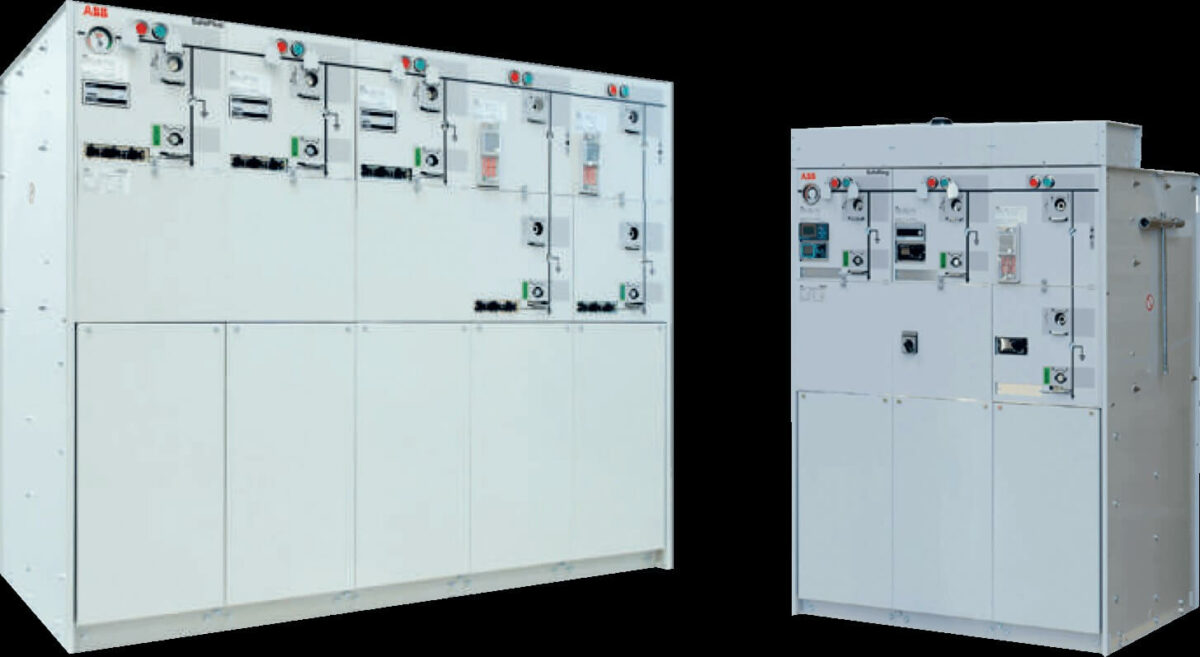
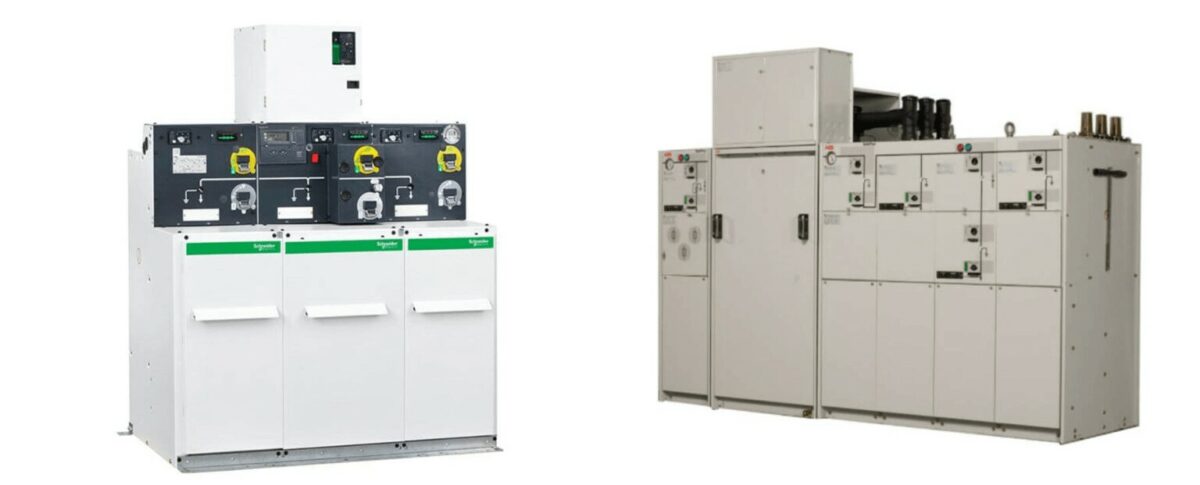
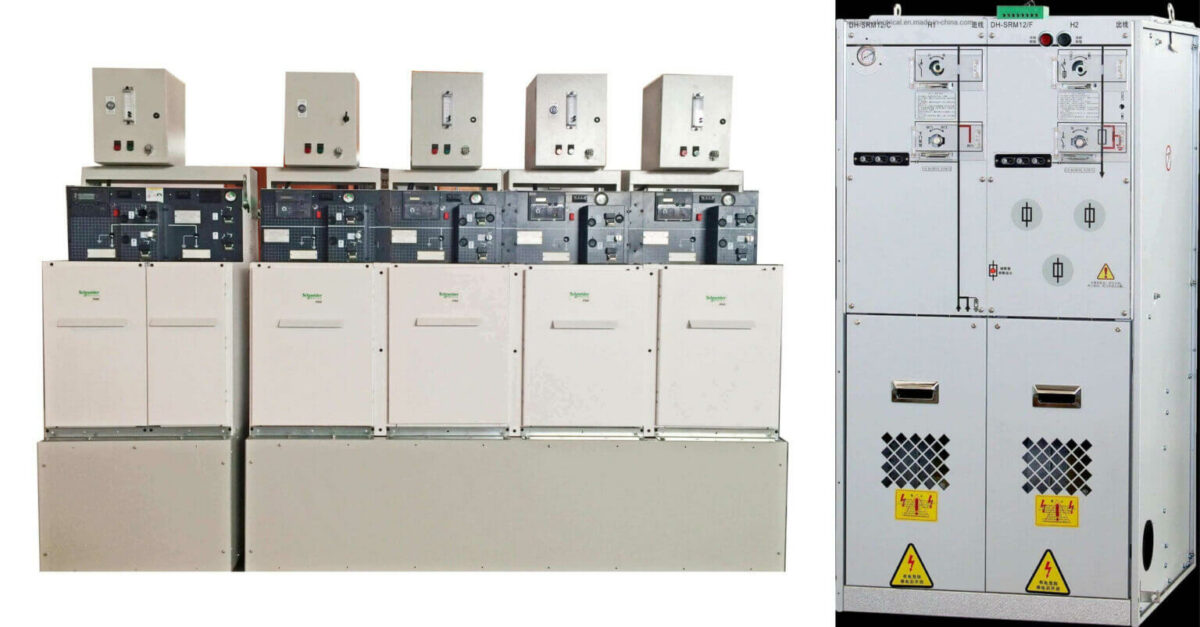
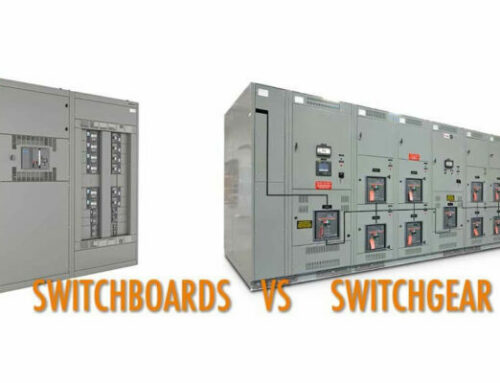
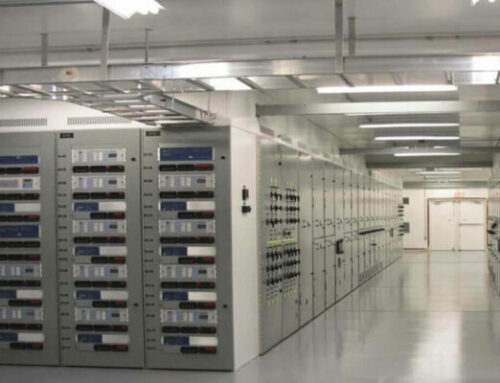
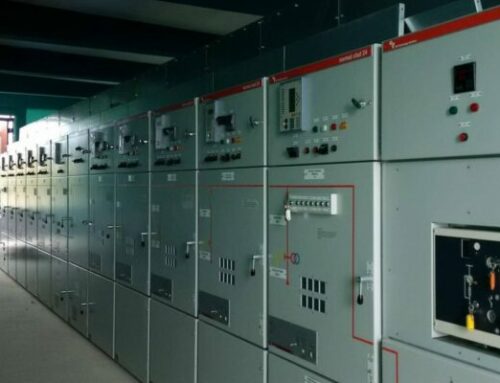
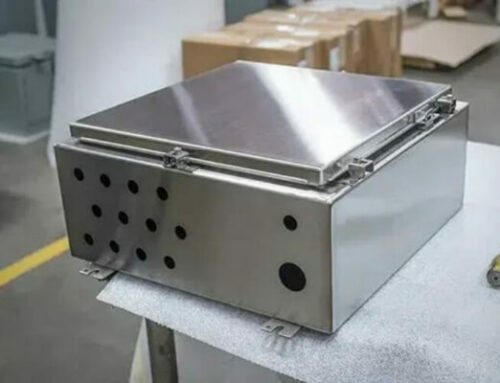
Leave A Comment